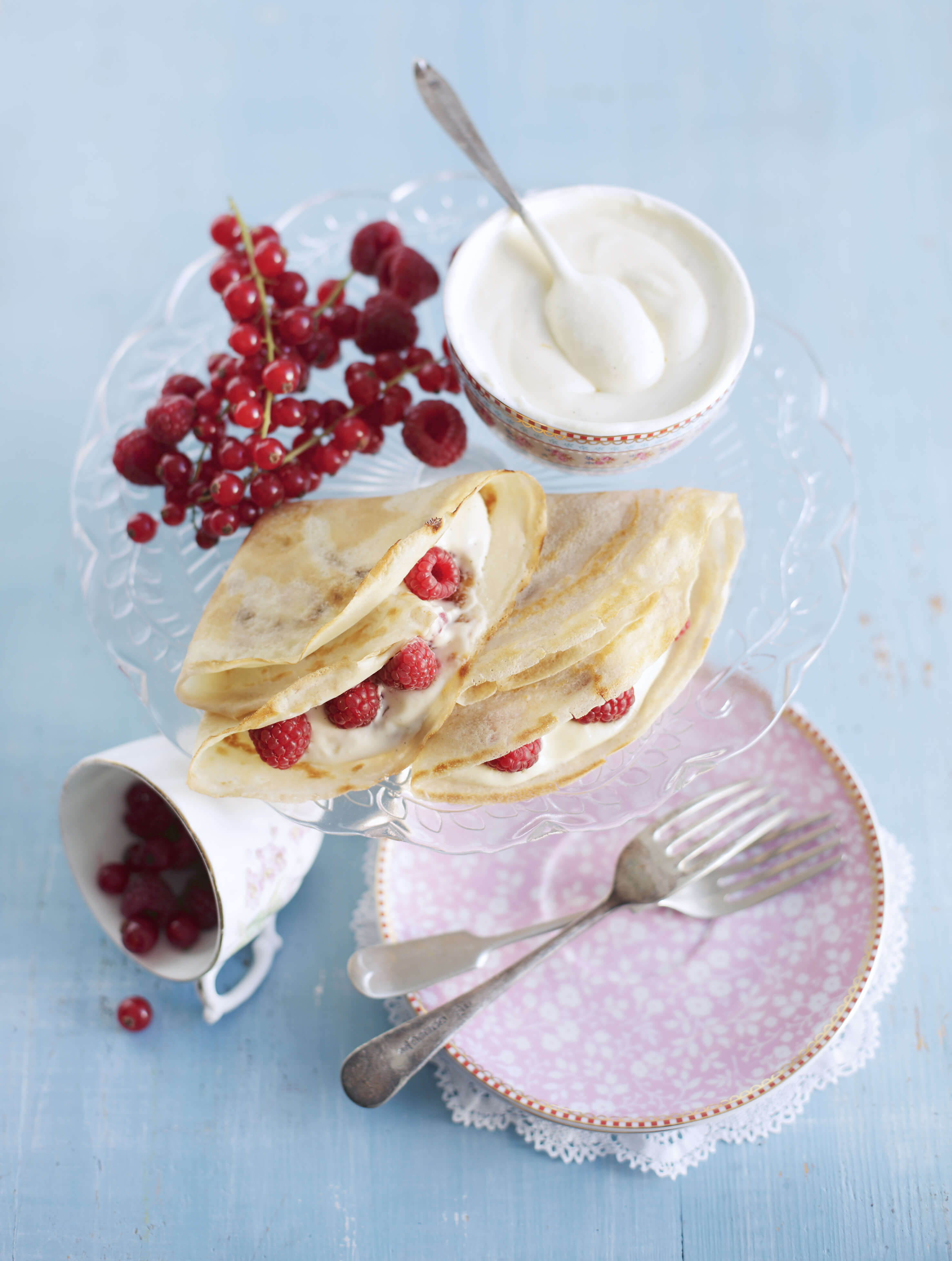Courses: Food Styling at Leiths School of Food and Wine with Sarah Cook
“Food Styling: The perfect outlet to combine an artistic eye and culinary talent.” – Sarah Cook, BBC Good Food Magazine…

“Food Styling: The perfect outlet to combine an artistic eye and culinary talent.” – Sarah Cook, BBC Good Food Magazine…
So, my event-of-the-year is fast approaching, although it is actually last year’s Christmas present from the lovely Rich and Anna. It is an…